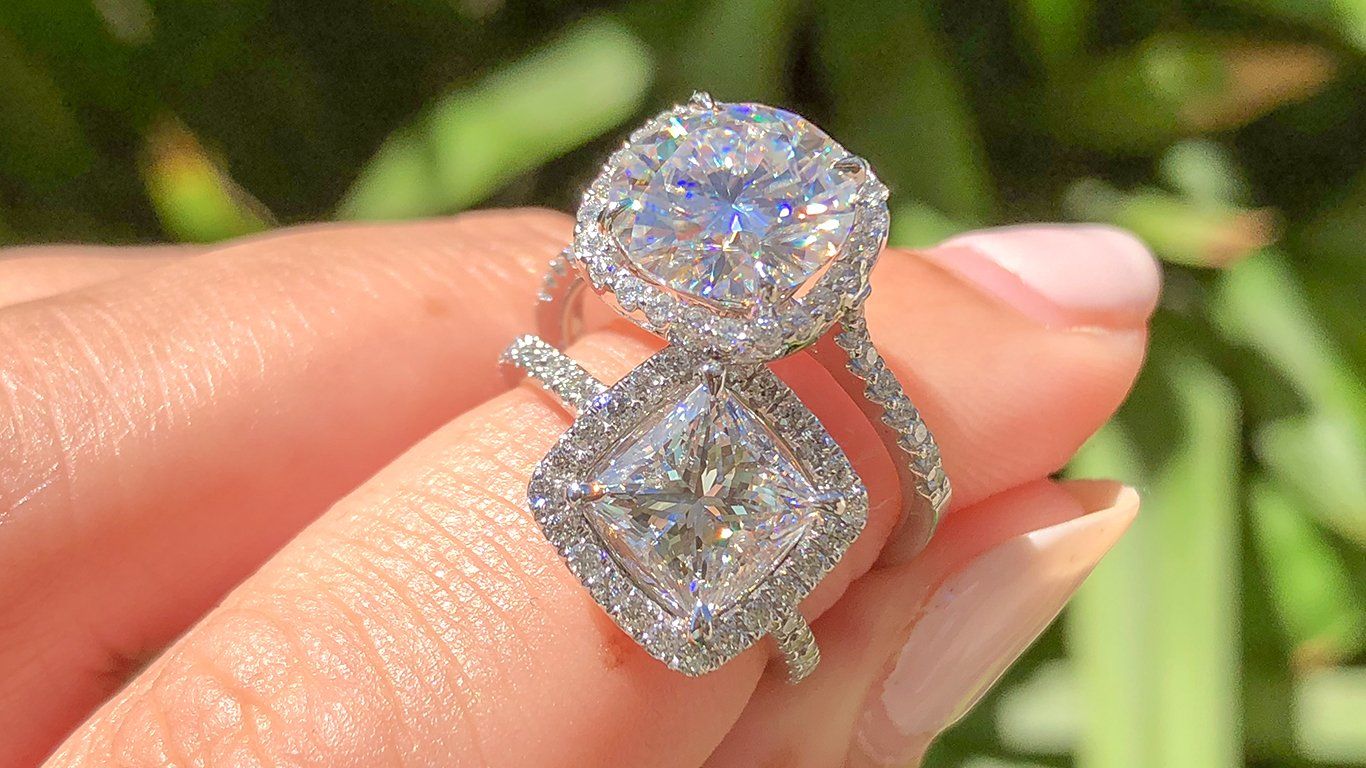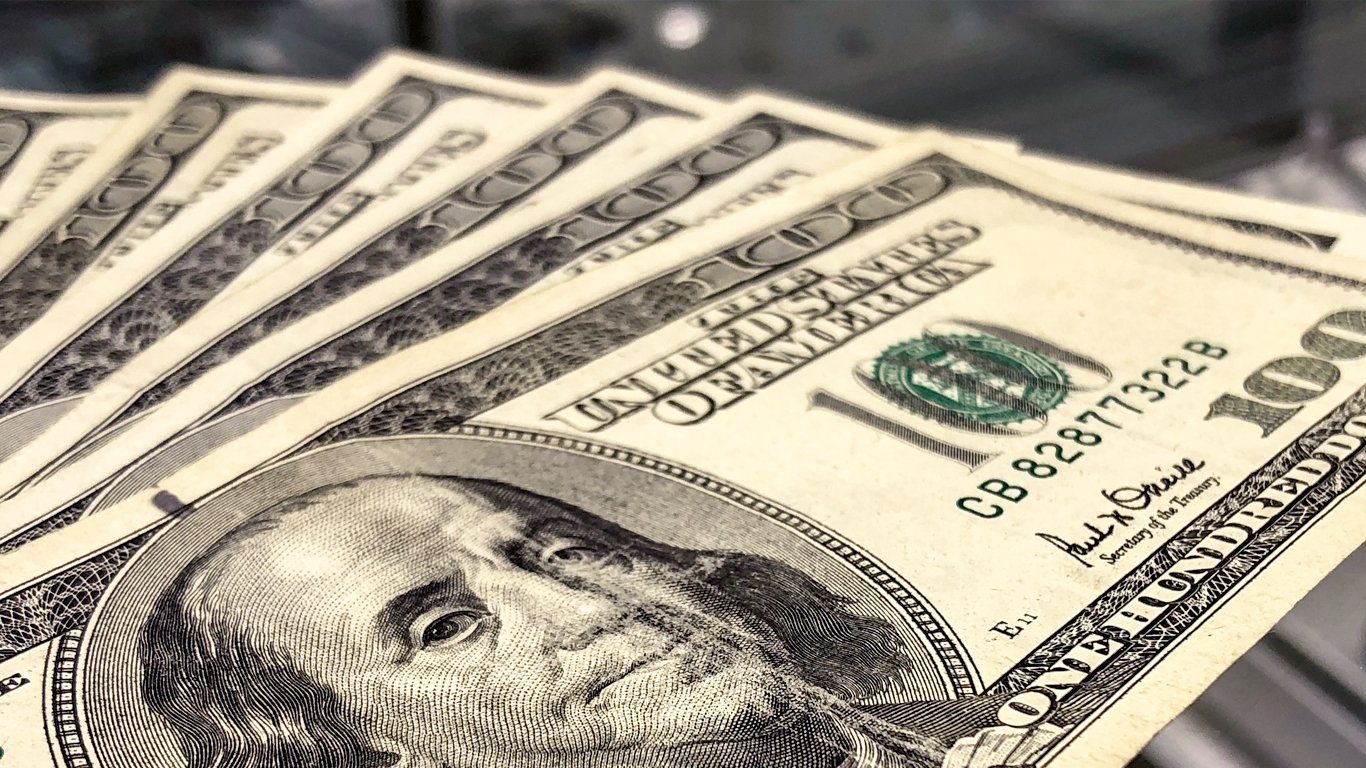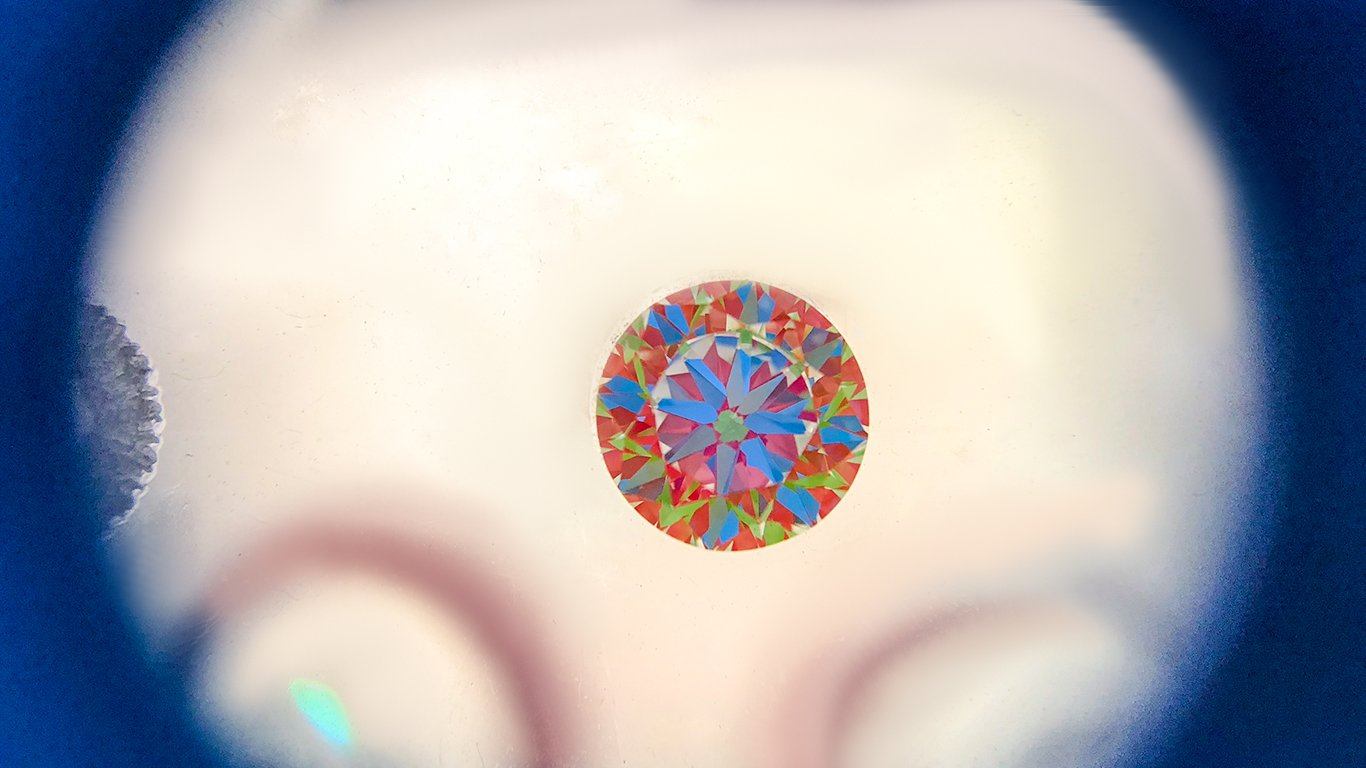3 Tips For Making the Most Out Of Your Diamond Engagement Ring Budget
Jewelry is given meaning when it is worn to represent the most important moments in people's lives. Your engagement ring represents the beautiful relationship you have with your significant other and should be a celebration...




